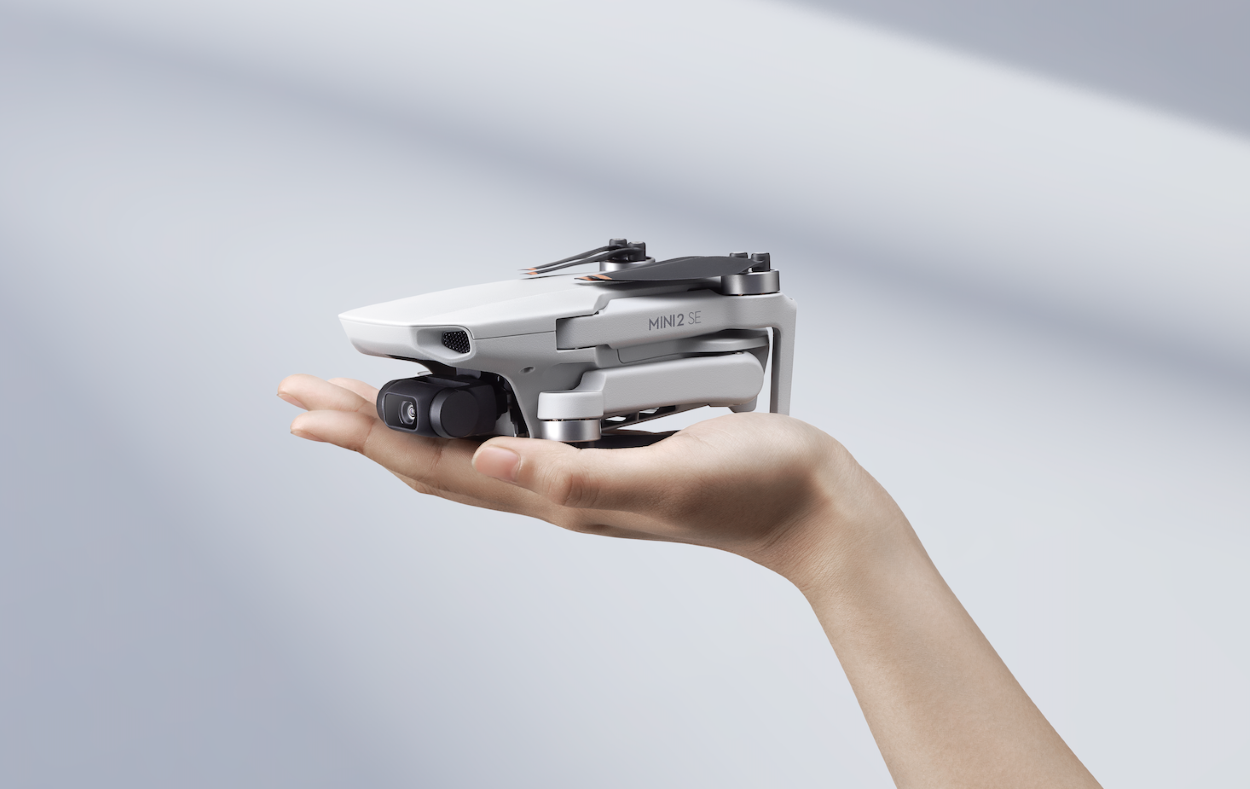Date:
21.03.2024 10:44
A contribution by
blueprintreview.co.uk
Screenplay: Chris De Roche and Everett De Roche
Starring: Chantal Contouri, Robert Brunjng, Sigrid Thornton, Hugh Keays-Byrne, Denise Drysdale Vincent Gil, Jon Sidney, Jacqui Gordon, Julia Blake
Country: Australia
Running Time: 93 min
BBFC Certificate: 15
The term Ozploitation was coined after the introduction of the R rating in 1971 and covers low budget films made in Australia in the 1970s and 1980s. These films encompassed a broad range of genres – horror to comedy, sexploitation to action – and contain some of the best films made in the country at the time, right through to Mad Max, which toes a perfect line between Ozploitation and arthouse. Some of the films which fall into the mix include others that have received boutique Blu-ray releases in recent years including Mad Dog Morgan (Indicator), Stone (88 Films), Long Weekend (Second Sight) and Dead End Drive-In (Arrow).
An excellent example of the quality of films that fall under the banner of Ozploitation is 1979’s Snapshot which, like further examples of the category Roadgames before it and Patrick alongside it, has received the ultra lavish limited edition Blu-ray treatment from the Indicator label.

Snapshot opens on firefighters tackling a fire, before we discover the charred remains of a body. The opening credits then play out as the location of the fire – a photography studio with walls adorned with the same topless photo of what we’ll soon discover is the main character – is now a crime scene, being meticulously investigated. Cue lots of shots of forensic investigators and tape measures marking out evidence. We’re then introduced to Angela (Sigrid Thornton), the woman in the photographs, who works as a hairdresser and has big life dreams but is under the thumb of her pretty terrifying mum, who is very much in the mould of a Hitchcockian mother – very over-bearing . Angela’s friend Madeline (Chantal Contouri) suggests she take a glamour modelling job, which leads to those topless photos we saw during the opening credits.
What then plays out is a tale of Angela attempting to live her dream and carve a life for herself despite the efforts of her nasty mother – and a string of ugly male characters – to stop her. Those men – there are a lot of really unnerving and creepy men being particularly nasty or slimy. These latter moments see the film lean firmly into the thriller (bordering on horror) genre, but it’s mostly a drama for the majority of the runtime.

This mishmash of genres certainly keeps things interesting. It’s also an exploitation film (hence the Ozploitation label) in more than one sense – Angela is promised by photographer Linsey (Hugh Keays-Byrne) that her face won’t be seen when the topless shots are used, but this isn’t the case and the image of her, face and all, adorns a full page in a magazine. Angela is also later exploited by a man who persuades her to take provocative photos at his mansion, in what is one of the most unsettling scenes in the film (and there are a number), made even more disturbing by the creepy score. There’s also the world’s creepiest ice cream van, driven by Angela’s ex-boyfriend Daryl (Vincent Gil), who uses it to stalk her throughout the movie.
The cast, particularly Thornton and Contouri are both excellent, really bringing their characters to life. Special mention too for Keays-Byrne as photographer Linsey. He’s probably best known for his roles as the Toecutter in Mad Max and Immortan Joe in Mad Max: Fury Road.

There’s a really wonderful score by Brian May, at times unsettling, at others sweeping and often taking detours into other styles, such as jazzy lounge sounds. It’s a very varied and effective score. May composed some excellent scores during his career for the likes of Mad Max, Mad Max 2, Roadgames and Patrick, and Snapshot’s is certainly up there with them. The film also features catchy songs by the band Sherbet.
The film was shot in Melbourne and the city is a character in itself, forming a striking backdrop to the drama that ensues. From the modern heart of skyscrapers to the more industrial side and on to the gorgeous beaches and coastline, you really get a sense of the place. It’s an evocative time capsule of the city.

One of the highlights is the cinematography from the atmospheric opening shots of firefighters with flashlights to those aforementioned cityscape views. The colour palette is also striking, there’s a lot of red things in the film, it’s the primary colour and really adds to the ominous sense of dread.
I really enjoyed Snapshot; its mishmash of genres, fabulous cinematography and locations, wonderfully varied score, and palpable sense of dread and unnerving creepiness at times, all gelling together to leave a strong lasting impression. It’s a film whose plot feels all too relevant in the modern world, where we often hear about the terrible experiences and exploitation of women. It’s a great example of the kind of trendsetting, well crafted and thought-provoking films that low budget filmmakers were crafting in Australia in the 70s and 80s.
Film:





Snapshot is released on 25th March 2024 on the Powerhouse Films Indicator label on separate limited edition Blu-ray and 4K versions. I watched the Blu-ray and the new 4K restoration by Powerhouse Films is outstanding. The film looks excellent, allowing the cinematography and colour palette to really shine. There’s not a blemish on the print at all. When a film is released with a restoration by Powerhouse Films you know you’re going to be in for a treat and a first-class presentation. The sound mix, the original mono audio, is also top notch, and I had no concerns about it.
INDICATOR LIMITED EDITION BLU-RAY SPECIAL FEATURES
Brand-new 4K restoration from the original negative by Powerhouse Films of the theatrical cut (93 mins)
Extended director’s cut, incorporating the best surviving standard-definition materials (105 mins)
Original mono audio
Audio commentary on the theatrical cut with director Simon Wincer, producer Antony I Ginnane, actor Sigrid Thornton, and cinematographer Vincent Monton, moderated by Mark Hartley (2017)
Audio commentary on the director’s cut with Ginnane and film critic and archivist Jaimie Leonarder (2018)
Audio commentary on the director’s cut with Ginnane and horror hostess Katarina Leigh Waters (2012)
Producing ‘Snapshot’ (2017, 28 mins): Ginnane traces the film’s journey from page to screen
‘Not Quite Hollywood’ Interviews (2008, 40 mins): extensive selection of outtakes from Mark Hartley’s acclaimed documentary on Australian cinema, featuring Thornton, Wincer, Ginnane, Monton, writer Everett De Roche, assistant director Tom Burstall, and actor Lynda Stoner
Archival audio interview with Simon Wincer (1979, 17 mins)
Special effects sequence audio commentary with stuntman Grant Page (2008, 2 mins)
The Trans-Pacific Mode (2024, 10 mins): appreciation by the academic and Australian cinema specialist Stephen Morgan
The Day After Halloween: alternative opening title sequence
Original theatrical trailers
TV spots
Image galleries: promotional and publicity material, and behind the scenes
New and improved English subtitles for the deaf and hard of hearing
Limited edition exclusive 80-page book with a new essay by Ian Barr, an exclusive extract from producer Antony I Ginnane’s unpublished memoirs, archival interviews with director Simon Wincer, screenwriter Everett De Roche, and composer Brian May, and full film credits
Limited edition of 10,000 individually numbered units (6,000 4K UHDs and 4,000 Blu-rays) for the UK and US
The director’s cut runs 12 minutes longer than the theatrical release and features standard definition inserts surrounded by borders with noticeable shifts in quality and aspect ratio, which Indicator make clear from the menu. Some of the additions last a matter of seconds but there are four substantially longer scenes which add some character moments, two involving Angela and her mother. It’s a great inclusion but the theatrical cut is the one I’ll return to most.
Snapshot has previously been released on Blu-ray in the UK by 88 Films but this Indicator release expands hugely on that release, which itself was decent. In addition to the awesome new restoration and two cuts of the film, we get all the extras that featured on the 88 release together with a wealth of additional on-disc and in print materials, both new and archival.
First up in the extras features department, are three commentaries, starting with a 2017 one for the theatrical cut which is moderated Mark Hartley and features director Simon Wincer, producer Antony I Ginnane, actor Sigrid Thornton and cinematographer Vincent Monton. It starts with a disclaimer that the commentary is mistimed to the action, but had been produced for a previous edition. There’s some great memories here, it almost feels like a feature length documentary, with anecdotes about the scenes, recollections of the filming and some background to those involved. There’s some fun comments on the score, filming locations, interesting background to others involved in the making of the film, links to other Australian films like Patrick and much, much more. Great fun.
The second commentary accompanies the director’s cut and features producer Ginnane and horror hostess Katarina Leigh Waters. There’s a lot to take away from this 2012 commentary. Ginnane is a pleasure to spend time with (which is just as well, as he appears in so many of the extras) and points out so many interesting facts, such as a cameo for the writer and how a car in the opening shot was his own. The film was shot in his home city Melbourne and his love for the place shines through. There’s plenty of background to the scenes in a commentary that provides a rich and rewarding experience.
The final commentary is also on the director’s cut and again features Ginnane, this time with film critic and archivist Jaimie Leonarder. Whilst there’s inevitably crossover with all of the Ginnane interview and commentaries, this one from 2018 still remains fresh with some different takes and anecdotes. This one includes some comments on Alfred Hitchcock, Brian De Palma and the parallels between Ozploitation films and Italian Giallos, which are quite interesting reflections. All three commentaries are valuable and worth a listen.
Producing Snapshot is a 28 minute interview with Ginnane, produced by Vinegar Syndrome. It begins by touching on Patrick, another Exploitation film newly released in a limited edition set by Indicator. It then looks at the origins and financing for the film. A lot of ground is covered including some of the crew involved, the choice of shooting ratio, the score, the quick shooting schedule, and its interesting release schedule. Whilst there’s inevitably some crossover with other extras, this is still a fascinating interview. There’s a lot of facts and background to the film and its place in Australian cinema.
The Not Quite Hollywood interviews run for 40 minutes and were conducted for the 2008 Not Quite Hollywood documentary. These interviews are always a welcome inclusion, with others appearing on other discs in recent years. There’s some gems here from all of the seven interviewees, but I particularly like the memories Thornton shares including some about the topless scene and the fire stunt. Wincer, Ginnane and Monton again feature, as do writer Everett De Roche, assistant director Tom Burstall, and actor Lynda Stoner.
The audio interview with director Wincer runs for 17 minutes and dates from the film’s release in 1979. This one takes a pretty honest look at some of the ambiguous elements of the film, the pace of the production, an alternate ending, and the original intentions of the script. This, for its candidness, is one of the extras I most enjoyed. It’s pretty honest, considering it dates from the release of the film, usually a time to get on the press junket and gush over a film to sell tickets.
Elements of Danger sees stuntman Grant Page providing a brief commentary, dating from 2008, over the fire scene and how it was filmed. It’s a nice inclusion.
The Trans-Pacific Mode is a 10 minute appreciation of the film by Australian cinema specialist Stephen Morgan. It takes a look at the film’s genesis, its troubled release, its different titles (including The Day After Halloween, riffing on John Carpenter’s Halloween, which hadn’t been out long by the time Snapshot was released), and what followed for some of the crew, some of whom worked on another cult classic, Harlequin. Whilst there’s inevitably overlap with other extras, there’s the odd different nugget and Morgan delivers his take on it well.
Also included are different opening titles featuring that alternative title mentioned in the previous extra, The Day After Halloween, plus two trailers (one again with the alternative Halloween title) and two TV spots. The trailers and TV spots run for almost six minutes.
Completing the on-disc package are three image galleries, around 170 original promotional materials such as stills and posters, a further around 130 behind the scenes photos, plus the dialogue continuity script, which runs for around 100 images.
The 80 page limited edition booklet, lavishly illustrated throughout, is a typically excellent one from Indicator. It opens with a fantastic new essay from film critic Ian Barr, which focuses on everything from the colour scheme (lots of reds) and soundtrack to a bit of background on Ozploitation. Up next is a 1979 interview with director Wincer from Australian film journal Cinema Papers. It’s another honest interview with the director, covering the genesis of the film, deleted scenes and Wincer’s views on how it turned out. Producer Ginnane pops up again in an incredibly detailed overview of the film from conception to release. This piece is from Ginnane’s forthcoming memoir Some Scenes Objectionable. Next is a 1980 interview with screenwriter Everett De Roche from Cinema Papers. It covers Snapshot, Patrick and Long Weekend amongst others. Closing out the booklet is a 1978 interview with composer Brian May from Cinema Papers. May provides some insights into his work on Patrick and Eskimo Nell. It’s a decent interview, though as it predates Snapshot, that film (and Mad Max, which May also composed the score for) is only briefly mentioned at the end.
I thoroughly enjoyed Snapshot, which is a very well made, gripping, always interesting and often very unnerving quasi-drama / thriller. It is incredibly well served through an outstanding limited edition Blu-ray release by Indicator. The excellent audio-visual presentation is supported by a phenomenal array of extras, totalling many hours with the commentaries, beautiful packaging and a tremendous and info-packed booklet.
Disc/package:





Latest Posts

09.04.2024 14:29
Up 53% YTD, Is General Electric a Buy?

02.04.2024 07:50
Officials issue warnings of Baltimore bridge no-flight drone ban

19.03.2024 20:00
Unlocking the Power of Exploratory Essays: Your Ultimate Guide

01.04.2024 20:16
The Haunting Bird People Portraits by Sara Angelucci

01.04.2024 12:03
DJI bringing 4K camera to Mini 2 SE drone?

09.04.2024 14:59

Comments